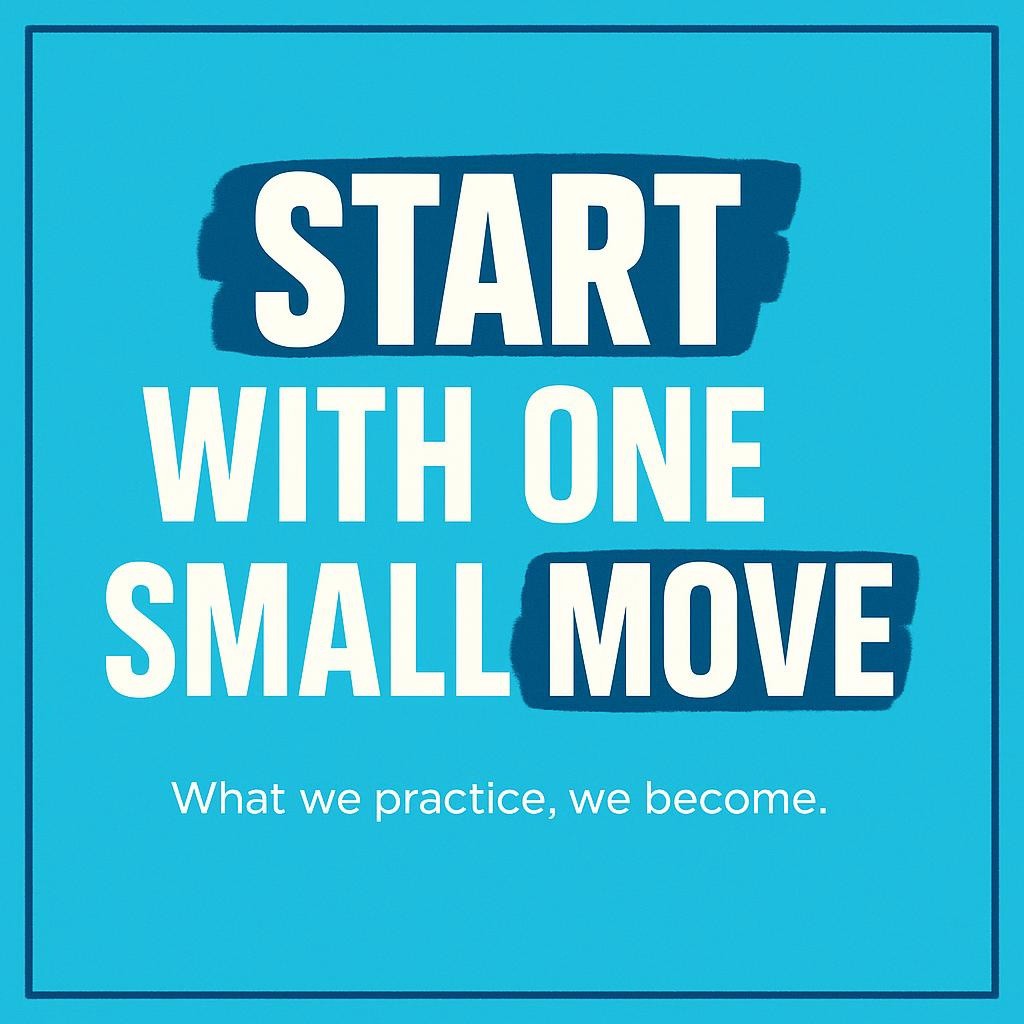The Courage to Evolve: Embracing Change for a Better You
Maya kept waiting for a sign. Same commute, same meetings, same thoughts at 3 a.m. She wanted a new shore, yet she sat in a leaky boat, hoping a raft would appear. One day, she stopped waiting. She started building. Her first boards were small choices, made quietly. That is how courage often begins, not with a shout, but with a steady yes.
Rand Selig’s Thriving! speaks to people like Maya, and to anyone who feels stuck on repeat. Thriving is not a mood, it is a climate we create by our choices, even when a single day feels stormy. Over time, when the positive far outweighs the negative, we flourish. That is what it means to thrive like climate, not weather .
Why change now, and what shifts when you do
The book’s core lesson is clear. We grow more from criticism than from praise, and real growth needs courage, risk, and humility. Avoiding change has a cost. It can leave us empty. Choosing to evolve builds wisdom, strengthens character, and deepens our ties to others and the wider world we touch .
Selig writes as a grounded guide. He invites us to see clearly, take responsibility, and act, while accepting that much in life is not in our control. We can get out of autopilot, define success in our own words, and have the courage to follow our inner voice. It takes practice. “What we practice, we become.”
Practical data you can use today
- Gratitude and well being. Specific gratitude raises happiness and helps us turn losses into stepping stones. Simple rituals that sharpen focus can make good moments richer and more memorable. These habits grow resilience when life is changing .
- Meaningful work. Work feels alive when it has enough complexity, enough freedom, and a clear link between effort and reward. When we align our work with values and strengths, we stick with it longer and care more deeply about the results .
- Smart iteration. Good plans change. Adapting and revising are signs of progress. Courage plus real feedback is how we make better choices over time .
Selig’s approach is based on research and wide life experience, which keeps the advice both warm and usable .
How to start personal change without burning out
Here is how you can move, even if you feel stuck.
-
Name your raft
Write down one change you want. List three tiny moves you can do in minutes, not months. Share your list with one trusted person and ask for honest feedback. Then pick one move and do it today. If you feel fear, remember, many fears are imagined. Let your dreams be bigger than your fears, and take one small risk that feels right for you . -
Build your climate at night
Each evening, write three lines: one very specific gratitude, one lesson you learned from criticism, and one small adjustment you will test tomorrow. Specific is stronger than general. Repetition builds your new climate . -
Align your energy at work
Scan your day. Where do you have autonomy, where do you feel challenged in a good way, where is the link between your effort and the result clear. Choose one change that increases this fit, then schedule it on your calendar for this week .
Turn criticism into fuel, not a wound
“We learn more from criticism than from praise.” Let that guide you when feedback stings. Do not defend, decode. Ask, what part of this helps me grow. Translate that part into one behavior you can practice in your next conversation or task. Pair this with appreciative inquiry. List moments when you were at your best, study what made them work, then copy those conditions into your next step. You build skill and confidence at the same time .
Relationships that help you grow
Change lasts when we do not do it alone. Selig shows how strong relationships begin with our relationship with ourselves, then expand through listening, honesty, and real respect. Old command and control breaks down. Real connection lifts people up, creates buy in, and turns conflict into creative solutions. Ask yourself, are you creating space for others to bring their best. Are you letting them see yours .
Try this simple habit this week:
- Thank one person with specifics.
- Listen until you can replay their point of view.
- Share one small truth about yourself to invite trust.
These moves create safety, and safety helps change stick .
An ethical lens for a fuller life
Thriving reaches beyond the self. Our choices shape families, teams, and the natural world. We can combine power with love, and we can serve in small daily ways. “We don’t have to be great to serve, but we have to serve to be great.” Success can include integrity, kindness, and care for the Earth. Define success your way, and let your actions reflect it, in work and at home .
A story to carry with you
Maya started with one talk she had avoided. She spoke with care, and she listened. She felt lighter. Next, she shaped her role so she had more freedom on one project. She asked two colleagues for blunt critique, then used it to change how she led meetings. From the outside, nothing looked dramatic. Inside, her climate shifted. More energy, clearer purpose, steadier relationships. One month later, she was the same on paper, yet she was not the same person. She had begun to thrive.
“It all comes down to this, to be the author of our own story, we have to take hold of the reins.” Start with one board for your raft, then add another, and another. What will you practice today, and who will you invite to walk with you as you do ?
